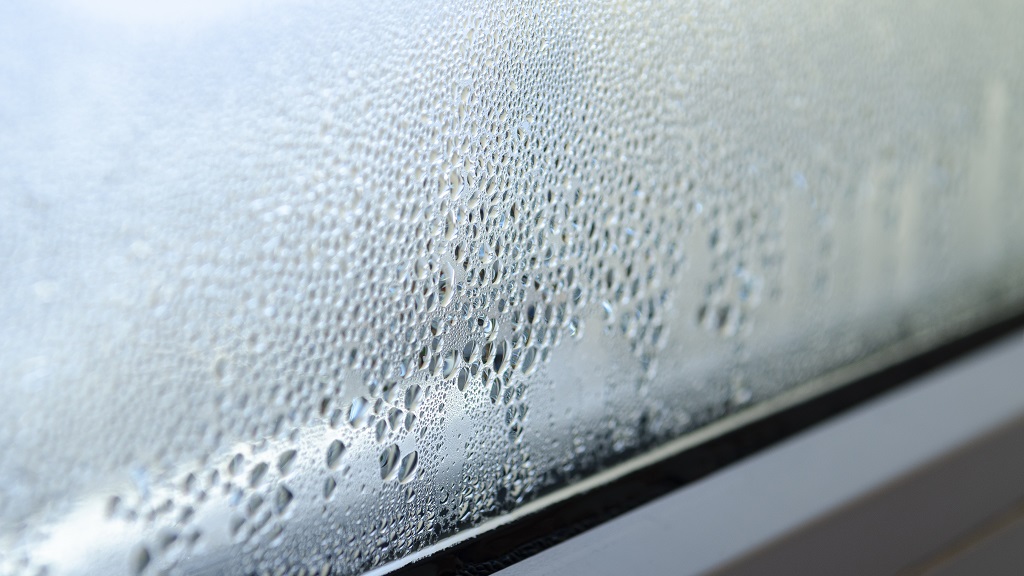How to Prevent Fogging in Plastics?
- Published: November 25, 2024
 Have you ever wondered why the plastic cover on your food or your car's windshield fogs up on a humid day, making it difficult to see through? This annoying phenomenon is known as fogging.
Have you ever wondered why the plastic cover on your food or your car's windshield fogs up on a humid day, making it difficult to see through? This annoying phenomenon is known as fogging.
Fogging is a term used to describe the formation of small discrete droplets of water on the surface of transparent plastics. It occurs when a temperature difference between the inside and the outside of an enclosed atmosphere causes localized cooling at the interface.
While it might seem minor, fogging can pose serious problems in various industries. But what if there was a way to keep these surfaces clear and fog-free? That’s where anti-fogging technologies come into play.
Anti-fogging technologies aim to counteract the fogging process by preventing water droplets from forming or adhering. This ensures clear visibility and optimal performance of products. Such products can be used for a wide range of applications, from automotive to food packaging.
Let's dive deep to get more insights on:




